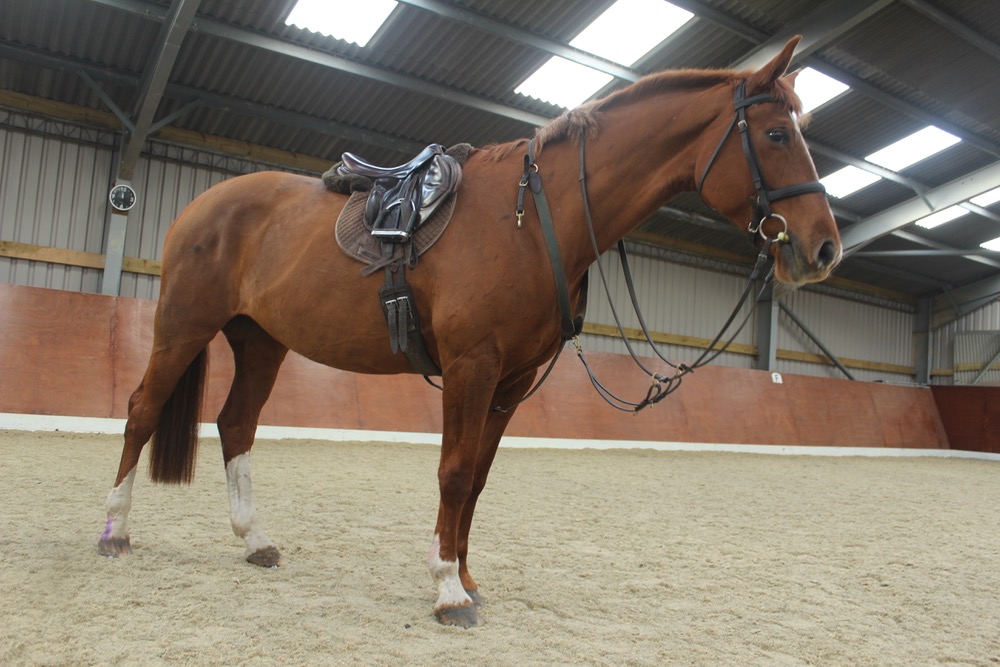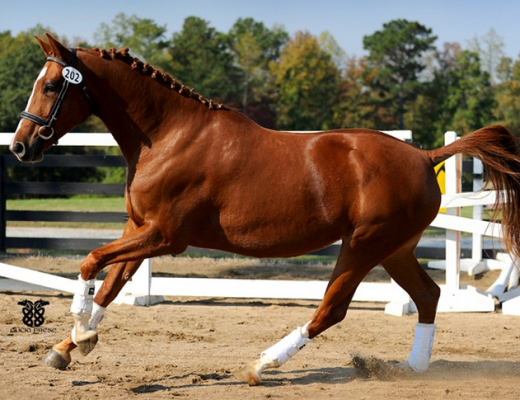Here’s a post I wrote a while back for Tottie Clothing. However, I feel it’s something which should be discussed more, hence why I decided to publish it on the blog. It’s so important that people learn to read horses correctly. This is something my trainer, Melanie Norman-Farnworth, has taught me and who has a real gift of reading and training horses.
Naughtiness vs Pain
Now we all know that horses can be naughty and there can be a very fine line between determining bad behaviour and pain. However, as riders and owners, it’s our responsibility to interpret their behaviour as best we can. Are they being naughty? Or, trying to tell us that something more sinister is going on?
This is a topic that personally I find quite frustrating and upsetting. Horses want to please by nature and often their naughty behaviour is them trying say they are not happy about something.
Too many people reach for the whip before giving their horse a chance.
Dr Marvin J.Firth BVSc (Hons.), MRCVS from County Equine comments:
This is such a common problem and constitutes a lot of my consultations. Veterinary and chiropractic examinations and newer diagnostics such as thermal imaging can assist in working out whether there is pain or just adverse behaviour.
The Signs
Here are 5 signs to help you detect if your horse (s) is showing common signs of pain and discomfort.
1. Is their bad behaviour serious? Does it seem they are really trying to do you damage? Are they bucking sky high? Rearing up right? If so, this may be a signal that there’s something more serious going on and it’s not just them feeling fresh.
2. Do they lunge ok? This is a great test. A horse should be comfortable on both reigns on the lunge, in walk, trot, and canter. Any signs that they are not, including; being unbalanced, bucking, kicking, refusal to lunge, spinning around on the lunge, all can be indicators of pain. Of course this has to be taken with a pinch of salt, as young horses may display these signs when they are learning and developing.
3. Do they appear happy? Another thing to look for is their general attitude. Are they happy in the stable – ears forward and bright eyed? Or do they have their ears back? Do they get upset whilst being brushed? And tacked up? Again, these may be signs.
4. Is their behaviour consistent? Have you seen a dramatic shift in your horse’s behaviour? If so, it could signal that something has happened to cause this shift.
5. Do they chuck their head? Stumble? Struggle in canter? All these may also be signs that they are experiencing pain.
Whilst it can be very hard to pinpoint exactly what is wrong, these above signs should help in pain detection. It’s imperative that as an equestrian you are able to read and understand your horse’s behaviour.
If you feel your horse is showing any of the signs mentioned above, it’s advised that you get a second opinion from a professional or vet.






No Comments